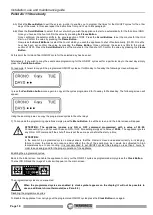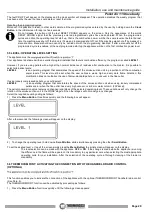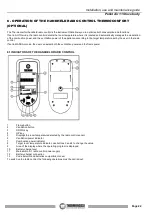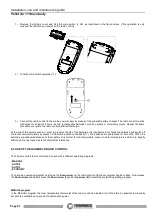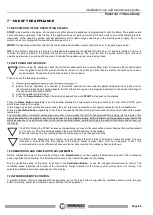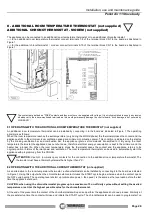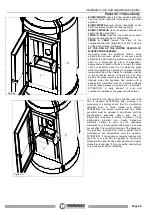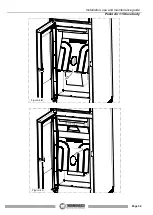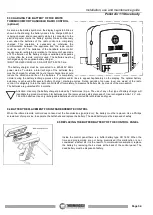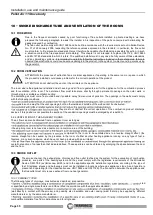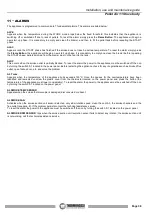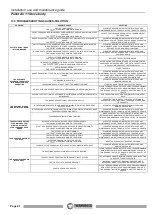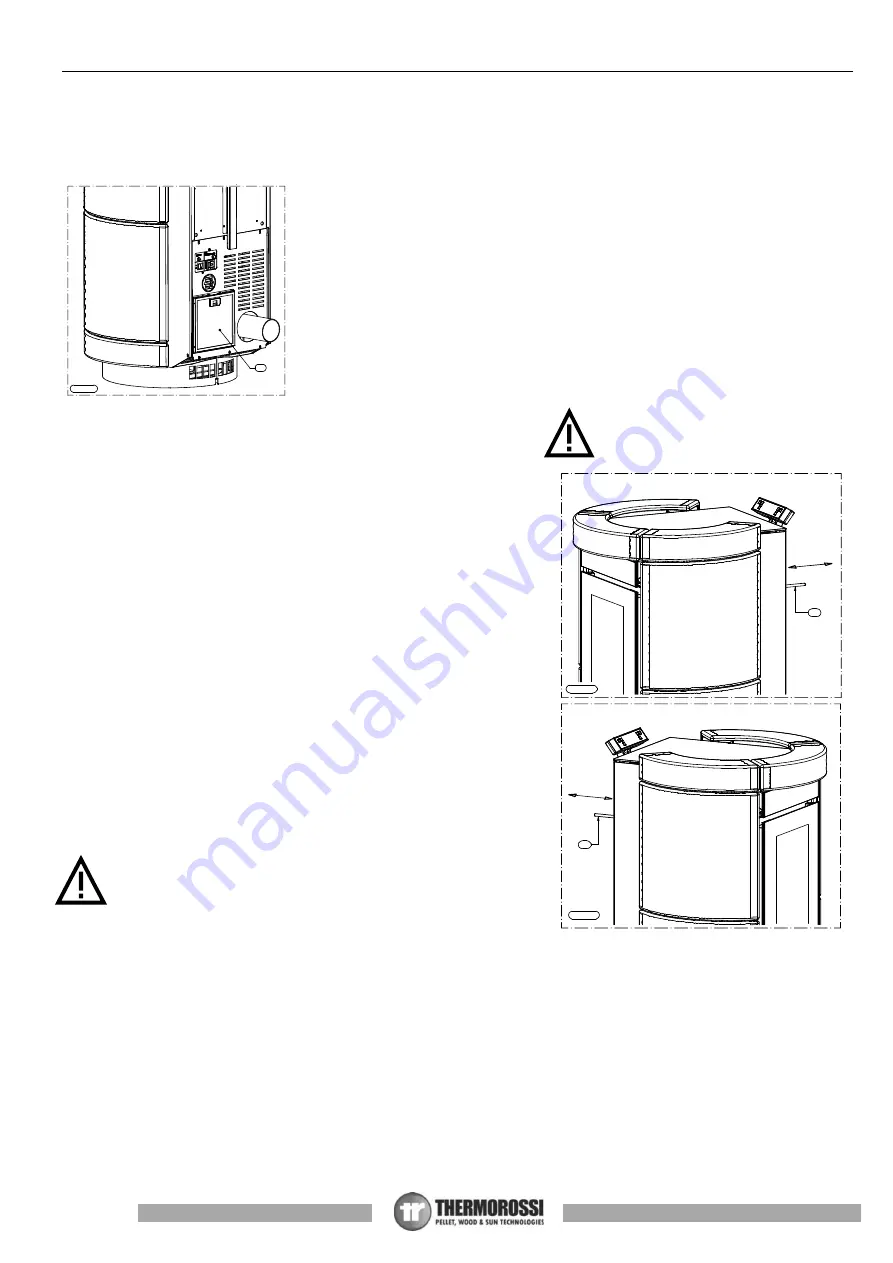
Page 27
Installation, use and maintenance guide
Pellet Air 11 Stove body
7.5 FILTER
This practical device prevents the circulation of dust which is always present in household
environments. The filter (marked by letter A in the figure on the side) is installed at the back
of the appliance (see figure 1 on the side). Clean frequently to ensure the maximum
availability of hot air when the appliance is operating (wash the filter with cold water then
dry thoroughly every 5 days).
7.6 HOT AIR DUCTING (ONLY FOR DUCTABLE VERSION )
To obtain an optimal flow of channelled hot air:
- Avoid narrow or reduced sections, sharp curves, downhill runs in the tubing.
- Reduce the horizontal runs as much as possible.
- Use pipes with smooth inner surfaces made of material capable of resisting
continuous temperatures of 150°C.
- Insulate pipes with mineral wool (resistant to at least 150°C).
If you follow the instructions given above it is possible to channel:
- up to 16 metres using 1 vent
- up to 8 metres using 2 vents
- up to 6 metres using 3 vents
- up to 4 metres using 4 vents
The appliance is supplied with both fittings already mounted.
The air can be ducted from the front or the back of the appliance by acting on
the 2 levers indicated in Figure 1 and Figure 2; to completely or partially channel
the air to the right rear pipe act on lever A (Figure 1), to completely or partially
channel the air to the left rear pipe act on lever B (Figure 2).
CAUTION: WHEN ONE OR BOTH DUCTING COLLARS ARE NOT BEING
USED TO CHANNEL THE AIR PUSH CHANNELLING LEVERS (A) AND (B)
TOWARDS THE FRONT OF THE APPLIANCE. IT IS MANDATORY
THEREFORE TO ENSURE THAT THERE ARE NO OBJECTS AND/OR
MATERIALS PRESENT AT THE BACK OF THE APPLIANCE THAT COULD
BE DAMAGED BY THE HEAT WHICH, IF THE CHANNELLING LEVER IS IN
THE INCORRECT POSITION (THAT IS POSITIONED TOWARDS THE BACK
OF THE APPLIANCE), WOULD DIRECT EXTREMELY HOT AIR TOWARDS
THEM. SEE INDICATIONS ON PARA. 4.1.
CAUTION: the channelling levers are extremely hot; it is mandatory to
use the supplied glove.
A
Figura 1
B
Figura 2
A
Figura 1







